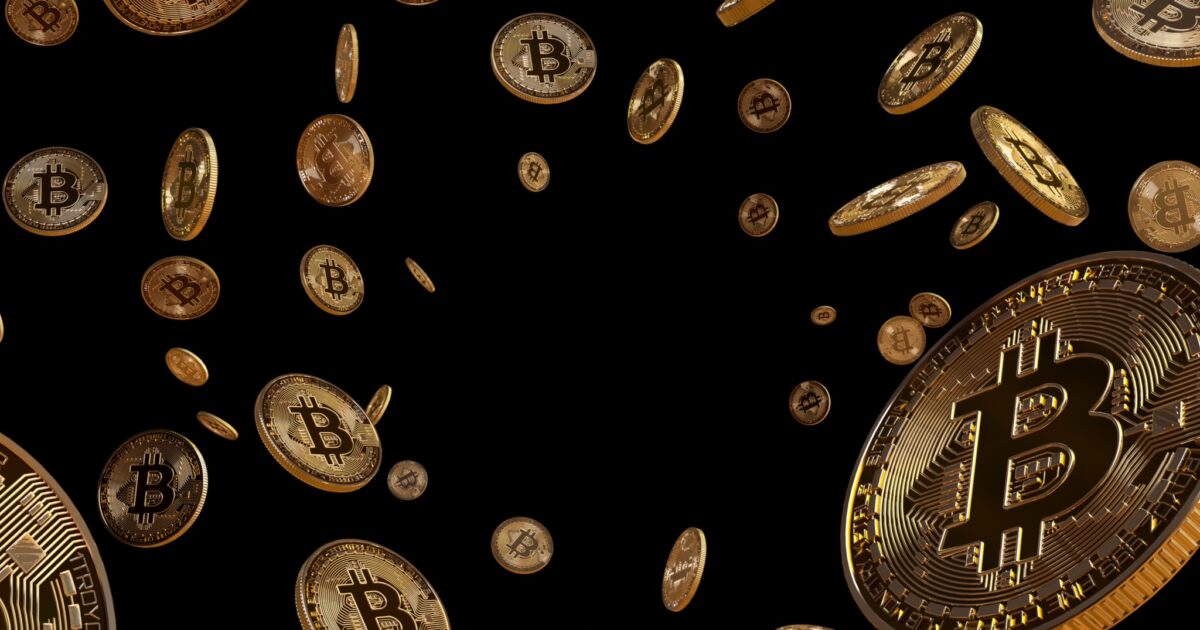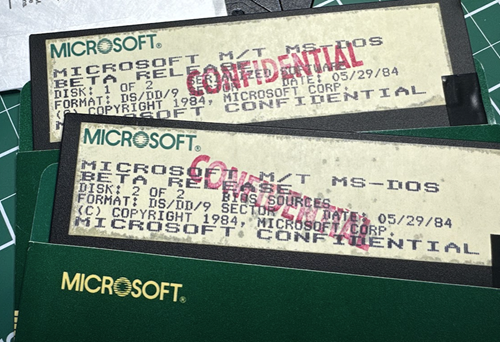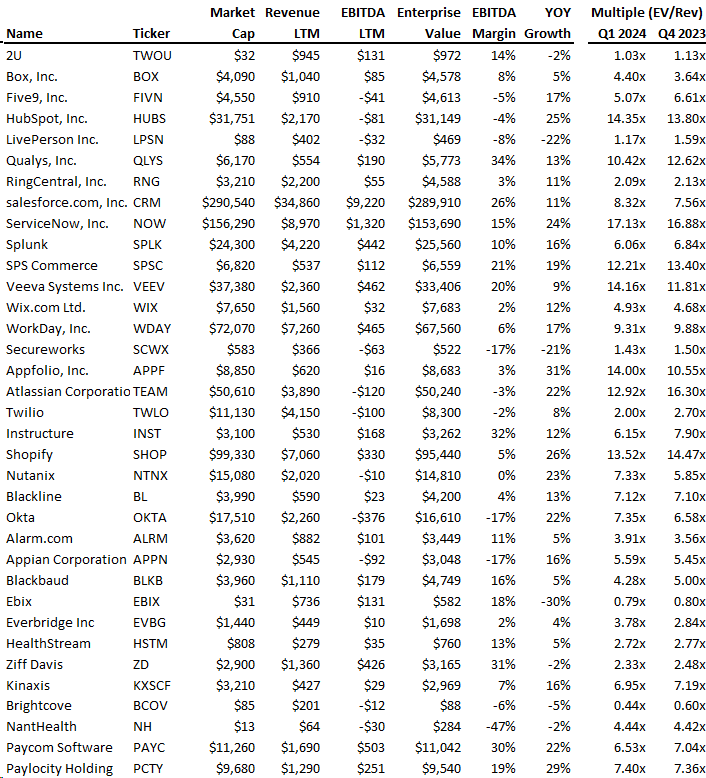
Gold as an Inflation Hedge: What the Past 50 Years Teaches Us
On a Sunday evening 50 years ago—on Aug. 15, 1971, to be exact—then-President Nixon interrupted “Bonanza,” one of the most popular TV shows of that era, to announce that he was ending the convertibility of the U.S. dollar into gold. Many consider it to be one of the most consequential decisions he made.
Up until this “closing of the gold window,” foreign central banks had been able to convert U.S. dollars into gold bullion at the fixed price of $35 an ounce. In theory, this had imposed a strict monetary discipline on the Federal Reserve, since inflating the money supply could have caused a run on Fort Knox, where the U.S. stored its supply of gold. And inflation did indeed jump in the years following Nixon’s decision to remove that restraint. So did the price of gold, which today is 50 times as high as it was that day.
This apparent correlation between gold and inflation has led many to believe that gold is a good inflation hedge. This belief isn’t supported by the data, however. If gold were a good and consistent hedge, the ratio of its price to the consumer-price index would have been relatively steady over the years. But that hasn’t been the case, as you can see from the accompanying chart: Over the past 50 years, the ratio has fluctuated from a low of 1.0 to a high of 8.4.























